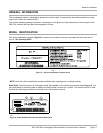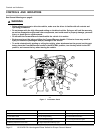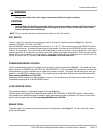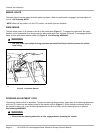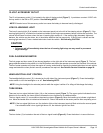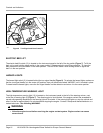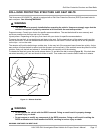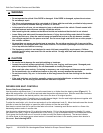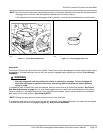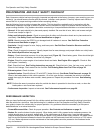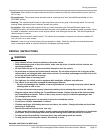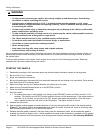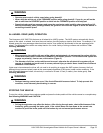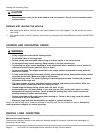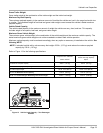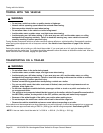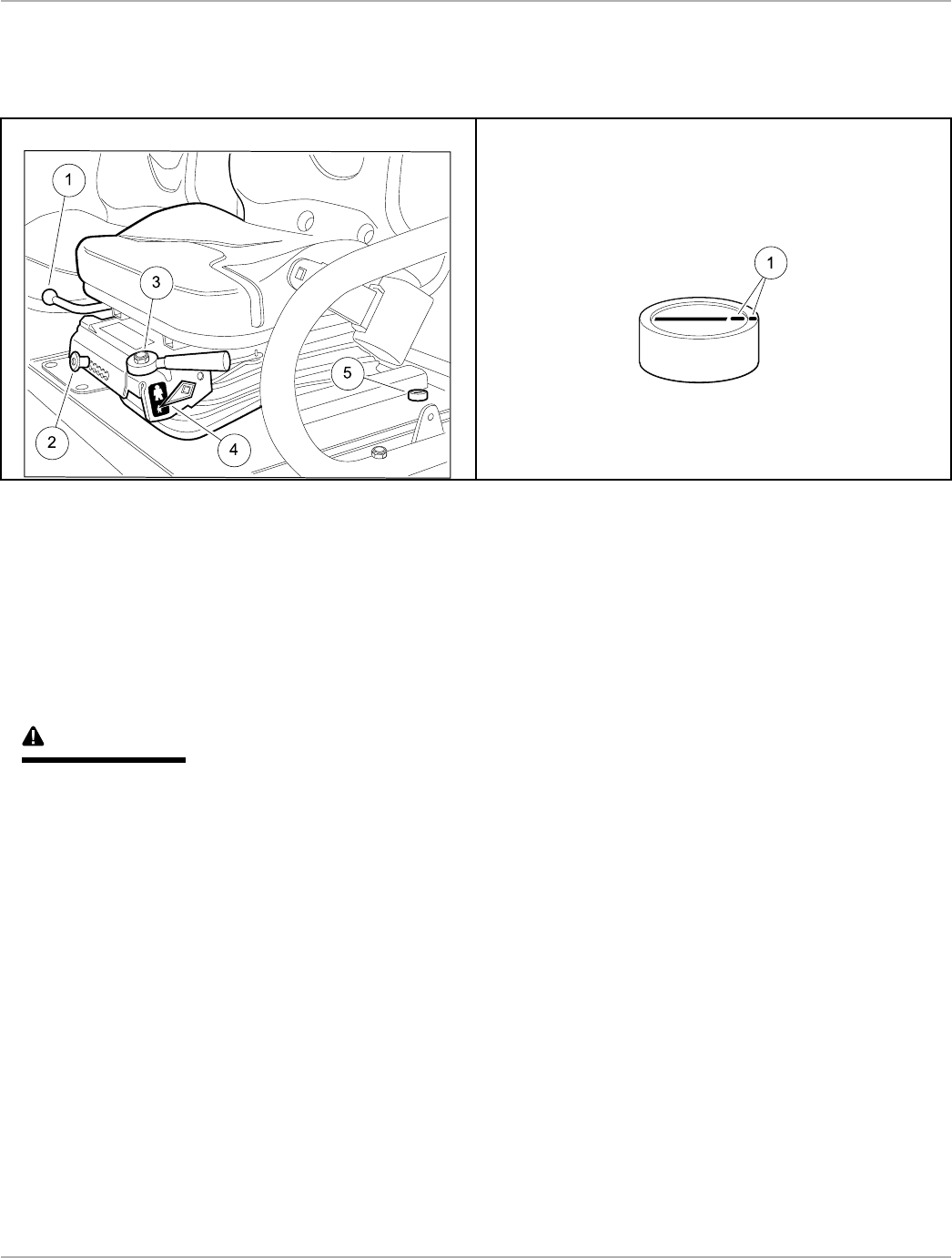
Roll-Over Protective Structure and Seat Belts
NOTE: Use care to avoid excessively decreasing seat tension. Excessive adjustment will cause the adjustment bolt to
disengage from its bracket, and the adjustment handle will not function properly.
If the adjustment bolt becomes disengaged from its bracket, it must be hand-threaded back into the bracket.
1
3
5
2
4
1
226
Figure
11 Driver Seat Adjustments
228
Figure 12 Fully Engaged Seat Lock
Seat Locks
Three locks (5) secure the driver seat to the vehicle. These locks must be disengaged to access the driver side engine
compartment. All three seat locks must be fully and securely engaged before operating the vehicle. See following
WARNING.
WARNING
• Securely engage all seat locks before the vehicle is returned to operation. Failure to engage all
seat locks can result in ejection of the driver seat during vehicle operation and severe personal
injury or death.
To release the seat, all three locks must be released. Slide the driver seat as far forward as possible. See Drivers
Side Seat Adjustments on page 18. Use a at-head screwdriver to turn each lock counterclockwise a full half-turn.
The rst quarter turn separates the lock latch from the ROPS seat support, and the second quarter turn rotates the
latch away from the seat support. See following NOTE.
NOTE: Raising the cargo bed can further improve access to the seat locks.
To engage the seat locks, turn each lock a full half-turn clockwise. Verify that the notches (1) on each lock are aligned
to ensure the locks are securely engaged (Figure 12). See previous WARNING.
HUV 5420 DX
R
Homologated Diesel Vehicle for Europe Owner’s Manual Page 19



